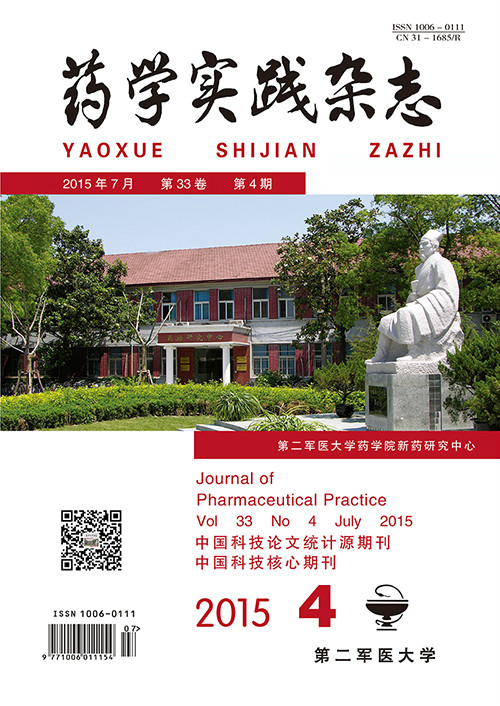|
[1]
|
Kalkman CJ, Peelen L, Moons KG, et al. Behavior and development in children and age at the time of first anesthetic exposure[J]. Anesthesiology, 2009, 110(4): 805-812. |
|
[2]
|
Wilder RT, Flick RP, Sprung J, et al. Early exposure to anesthesia and learning disabilities in a population-based birth cohort[J]. Anesthesiology, 2009, 110(4): 796-804. |
|
[3]
|
Wise-Faberowski L, Zhang H, Ing R, et al.Isoflurane-induced neuronal degeneration: an evaluation in organotypic hippocampal slice culture [J].Anesth Analg, 2005, 101(3): 651-657. |
|
[4]
|
Edwards DA, Shah HP, Cao W, et al. Bumetanide alleviates epileptogenic and neurotoxic effects of sevoflurane in neonatal rat brain[J]. Anesthesiology,2010,112(3): 567-575. |
|
[5]
|
Kodama M, Satoh Y, Otsubo Y, et al. Neonatal desfluraneexposureinduces more robust neuroapoptosis than do isofluraneandsevoflurane and impairs working memory[J]. Anesthesiology,2011,115(5): 979-991. |
|
[6]
|
Istaphanous GK, Howard J, Nan X, et al. Comparison of the neuroapoptoticproperties of equipotent anesthetic concentrationsofdesflurane, isoflurane, or sevoflurane in neonatal mice [J].Anesthesiology,2011, 114(3): 578-587. |
|
[7]
|
刘万里,薛 西,曹明芹,等.用SPSS实现完全随机设计多组比较秩和检验的多重比较[J].地方病通报, 2007,22(2): 27-29. |
|
[8]
|
Bercker S, Bert B, BittigauP,etal.Neurodegeneration in newborn rats following propofolandsevoflurane anesthesia[J]. Neurotox Res,2009,16(2): 140-147. |
|
[9]
|
Jevtovic-Todorovic V, Hartman RE, Izumi Y, et al. Earlyexposure to common anesthetic agents causes widespreadneurodegeneration in the developing rat brain and persistentlearning deficits[J]. J Neurosci,2003,23(3):876-882. |
|
[10]
|
Liang G,Ward C, Peng J,et al. Isofluranecauses greater neurodegeneration than an equivalent exposureofsevoflurane in the developing brain of neonatal mice[J].Anesthesiology,2010,112(6): 1325-1334. |
|
[11]
|
Loepke AW, McCann JC, Kurth CD, et al. The physiologiceffects of isoflurane anesthesia in neonatal mice[J].Anesth Analg, 2006, 102(1): 75-80. |
|
[12]
|
Brambrink AM, Evers AS, Avidan MS, et al.Isoflurane-inducedneuroapoptosis in the neonatal rhesus macaquebrain[J]. Anesthesiology,2010, 112(4): 834-841. |
|
[13]
|
Stratmann G, May LD, Sall JW, et al. Effect of hypercarbiaandisoflurane on brain cell death and neurocognitive dysfunctionin 7-day old rats[J]. Anesthesiology, 2009, 110(4): 849-861. |
|
[14]
|
Vorhee CV, Williams MT. Morris water maze: procedures for assessing spatial and related forms of learning and memory[J]. Nat Prot,2006, 1(2): 848-858. |
|
[15]
|
Zhou X, Song FH, He W, et al. Neonatal exposure to sevoflurane causes apoptosis and reduces nNOS protein expression in rat hippocampus[J]. Mol Med Rep, 2012, 6(3): 543-546. |
|
[16]
|
Ramage TM, Chang FL, Shih J, et al. Distinct long-term neurocognitive outcomes after equipotent sevoflurane or isofluraneanaesthesia in immature rats[J]. Br J Anaesth, 2013, 110 (S1): i39-i46. |
|
[17]
|
Shelton KL.Discriminative stimulus effects of inhaled 1,1,1-trichloroethane in mice: comparison to other hydrocarbon vapors and volatile anesthetics[J]. Psychopharmacology (Berl),2009,203(2): 431-440. |
|
[18]
|
Nishikawa K, Harrison NL.The actions of sevoflurane and desflurane on the gamma-aminobutyric acid receptor type A: effects of TM2 mutations in the alpha and betasubunits[J]. Anesthesiology,2003,99(3): 678-684. |
|
[19]
|
Daval JL, Vert P. Apoptosis and neurogenesis after transienthypoxia in the developing rat brain[J]. Semin Perinatol,2004,28(4):257-263. |







 DownLoad:
DownLoad: